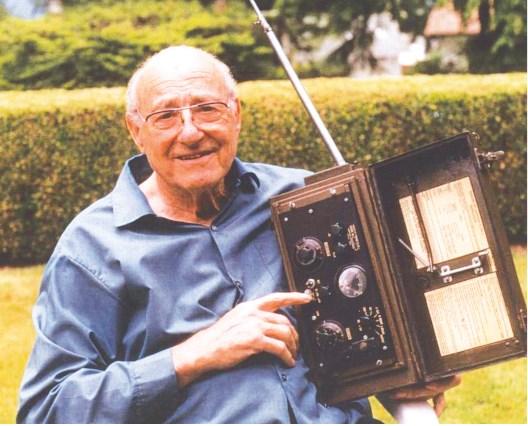In 1916 fisherman James Arthur Hayne left Steveston to fight overseas in the Great War, or First World War as it’s called now.
Married to wife Lilly in September 1914 in the bustling fishing village, Hayne also left two children, Gordon and Mary Frances, to enlist.
He joined the 131st Overseas Battalion of the Canadian Expeditionary Force and boarded the SS Caronia on Nov. 1 1916. A mere 27 days later he was on French soil where he was subsequently wounded in March, 1917.
He recovered shortly thereafter but was put back onto the field in April. He died on the first day of May. Lilly died three years later from influenza, orphaning the two children.
Gordon and Mary Frances moved to Vancouver but were on hand to unveil Richmond’s cenotaph in 1922.
The story of the Hayne family can be found in a book published by the Richmond Archives at the Minoru Cultural Centre.
Written by Mary Keen in 1998, new copies are available for purchase.
The book, We Will Remember Them, honours Richmond’s military soldiers who served bravely in wars and whose names find themselves on Richmond’s cenotaph.
Chuck McDonald of the Steveston Legion noted Richmond’s Remembrance Day ceremony on Tuesday will be just the third to honour several Korean War veterans, who are now named on the cenotaph. It’s also an important one to put this year’s graffiti incident in the past.
McDonald joined Richmond’s Robert Rietveld, colour sergeant of the BC Provincial Command, at a CARP event Thursday afternoon at Minoru Seniors’ Centre to celebrate the Canadian military.
Rietveld gave a speech about both world wars and noted it’s just as important as ever to not forget the impact of war, especially as many parts of the world are presently at a boiling point.
Also, “what happened to the two unfortunates in Ontario has brought everything to the forefront. I notice each year the Remembrance Day ceremonies getting bigger, and this one especially,” he said.
The CARP event also focused on an interesting story about the inventor of the Walkie Talkie, Donald Lewes Hings.
Hings’ granddaughter, M.L Burke, was on hand to share in her grandfather’s achievement as she only lives in Ladner.
Hings, born in 1907, became interested in wireless communications in his late teens, living in North Vancouver.
Like many, he went to work in the trades outside of the city; while working in Nelson at a mine he saw the need for a two-way wireless communication system for geological surveyors who camped in the mountains.
In 1937 he created what was initially known as a “packet” but later named the “Walkie-Talkie.” A number of models were developed by Hings during the Second World War. For his work he was granted the Order of Canada in 2001. He died in 2004.
CARP is an advocacy group for older adults. You can learn more about the group at carp.ca



